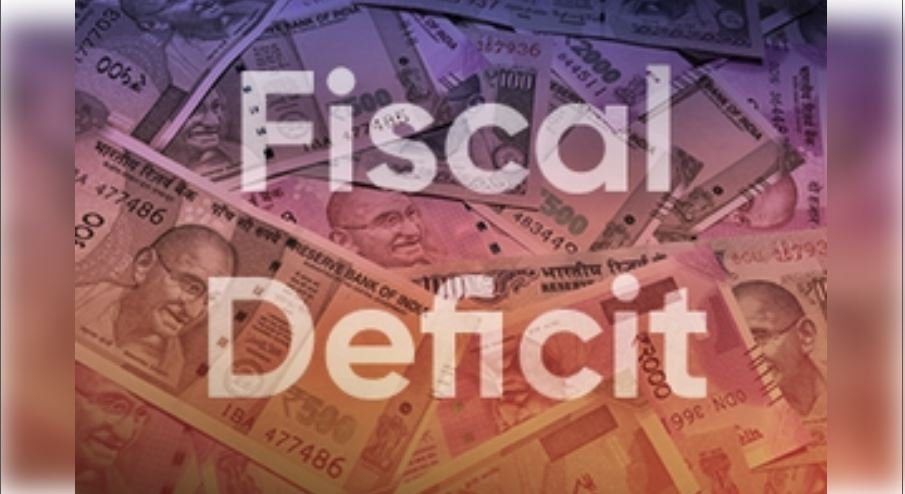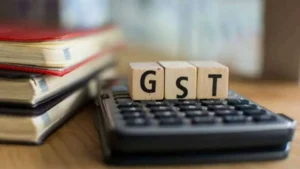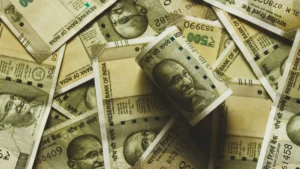Government to focus on reducing fiscal deficit in 2025-26

New Delhi| According to a statement from the Ministry of Finance, the government will continue to focus on improving quality expenditure, strengthening social protection and reducing the fiscal deficit to 4.5 per cent of GDP in FY 2025-2026.
The Union Budget for 2025-26 will be presented in Parliament on 1 February by Finance Minister Nirmala Sitharaman. During this period, the government’s position of increasing expenditure on large infrastructure projects and social welfare schemes for the poor is expected to be continued while keeping the fiscal deficit under control.
According to Finance Ministry statements on the half-yearly review of receipts and expenditure trends, the government is committed to following the glide path of fiscal consolidation, which aims to reduce the fiscal deficit to 4.5 per cent of GDP by FY 2025-26. “The emphasis will be on improving the quality of public expenditure, as well as strengthening social protection for the poor and needy”, the review said. This approach will help strengthen the country’s large economic infrastructure and ensure financial stability
According to the statements, the Budget 2024-25 was introduced taking into account global uncertainties due to the wars in Europe and the Middle East. India’s strong economic infrastructure has saved the country from uncertainties affecting the global economy.
“It has also helped the country drive growth with fiscal consolidation”, the statement said. As a result, India retains its distinction as one of the fastest growing economies in the world. However, risks to growth still remain”
The fiscal deficit is projected to be Rs 4.75 lakh crore, or about 29.4 per cent of the budget estimate, in the first half of the year 2023-25.India’s net direct tax collection, which includes corporate tax and personal income tax, rose 15.4 per cent to Rs 12.1 lakh crore during the current fiscal year from April 1 to November 10, according to the latest data released by the Central Board of Direct Taxes (CBDT)
Similarly, due to increasing economic activities there has also been a spectacular increase in GST collections. The surge in tax collections brings more funds into the government treasury and will help control the fiscal deficit, which strengthens the economic infrastructure of the economy.
A lower fiscal deficit means that the government has to borrow less, leaving more money for larger companies to borrow and invest in the banking system. This in turn creates higher economic growth rates and more job opportunities. Moreover, low fiscal deficit also keeps the inflation rate under control, thereby providing stability to the economy.
Total expenditure as per the 2024-25 budget estimates was estimated at Rs 48.21 lakh crore, with expenditure on revenue account and capital account estimated at Rs 37.09 lakh crore and Rs 11.11 lakh crore respectively. Against total expenditure of Rs 48.21 lakh crore, expenditure in the first half of FY2025 was Rs 21.11 lakh crore, or about 43.8 per cent of the budget estimate. Taking into account the grant for creation of capital assets, the effective capital expenditure was estimated at Rs 15.02 lakh crore.
Gross tax revenue was estimated at Rs 38.40 lakh crore, with an implied tax-GDP ratio of 11.8 per cent. The Centre’s total non-debt receipts were estimated at Rs 32.07 lakh crore. This included tax revenue of Rs 25.83 lakh crore (net to the Centre), non-tax revenue of Rs 5.46 lakh crore and miscellaneous capital receipts of Rs 0.78 lakh crore. With these estimates of receipts and expenditure, the fiscal deficit was estimated at Rs 16.13 lakh crore in the 2024-25 budget estimate, or 4.9 per cent of GDP.







